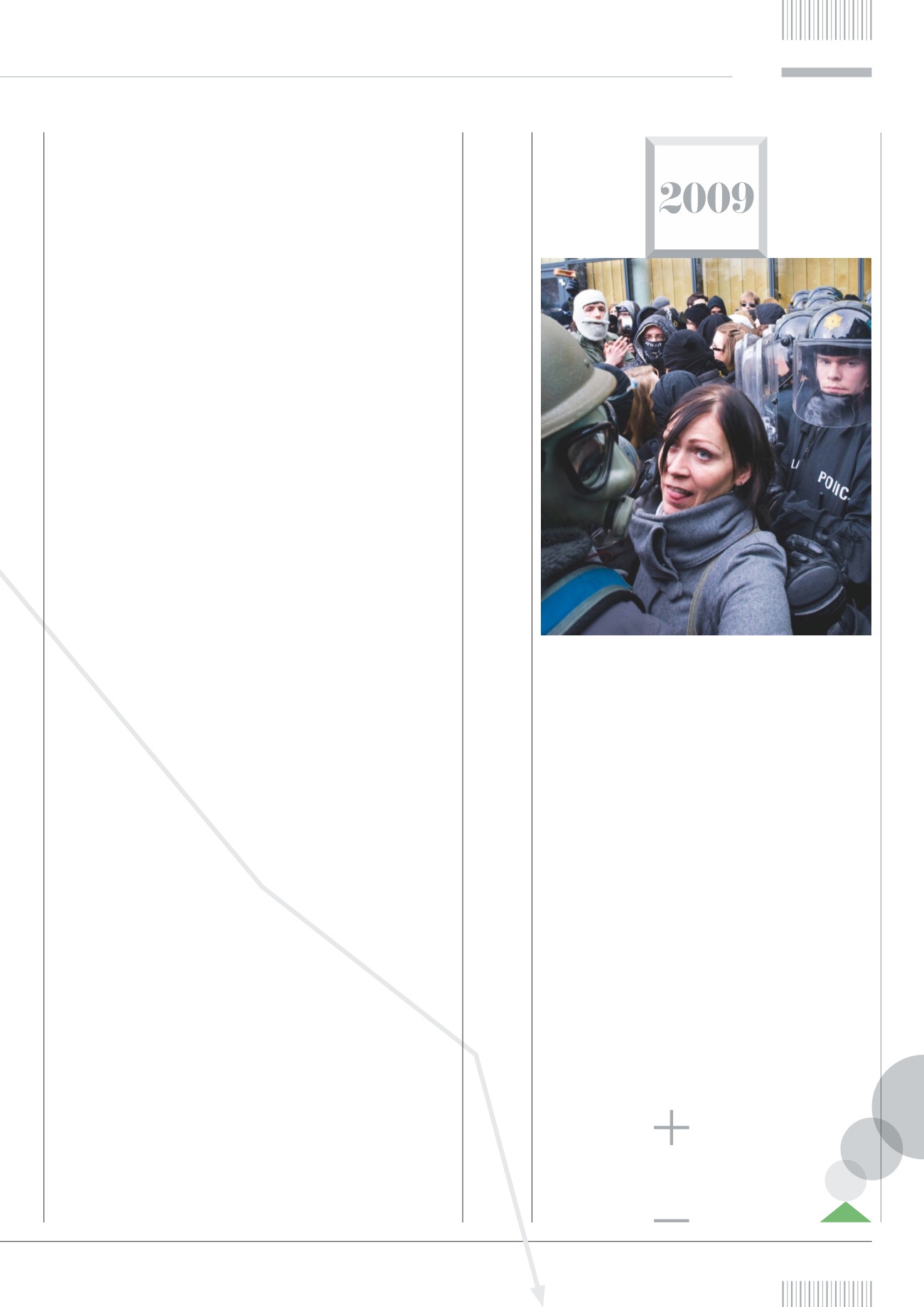
THE INVESTOR
|
17
25TH ANNIVERSARY
SH
In Europe this was compounded by a second, albeit shallower,
recession in 2011–13, as the nancial crisis exposed strains and
weaknesses in the eurozone.
The scal hangovers, which required governments to impose
austerity measures in order to reduce ballooning budget de cits,
are part of the reason central banks have kept interest rates so
low and engaged in measures such as QE.While governments’
austerity programmes have been suppressing growth, central
banks have been doing their best to keep growth going with ultra-
loose monetary policies.
This may now be coming to an end.Though not all countries
have completed the process of reducing their de cits – the UK is
one of those still going through the process – there is now a sense
that monetary policy has done all that it can, and it is time for scal
policies of spending increases and tax cuts.That will certainly be
the case in Donald Trump’s US and, to a lesser extent, in Europe.
So what will happen? First, central banks will nudge up
interest rates, a process which has already begun in the US and
will gradually spread to other countries.Then they will begin to
reverse QE, which will be a complex process. In the case of the
UK, the Bank of England has bought £435 billion of assets (such
as gilts) and is in the process of buying a further £60 billion
2
. It
has said it will not reverse QE – sell these assets back – until the
interest rate, which is currently 0.25%, has risen to 2%.
The return of interest rates to more normal levels by the end
of the decade, together with the unwinding of QE, will wean
economies o some of the emergency measures that have been
in place since the crisis. Note, however, that things will not be the
same as they were before the crisis.A 2% interest rate compares
with a 5% pre-crisis norm. Economic growth will be subject to
what economists describe as‘headwinds’ and thus be weaker than
it used to be.That long shadow of the crisis will have a darkening
e ect for some time to come.
ICELAND VOLCANIC ASH CLOUD
AND AS IF THINGS WEREN’T BAD ENOUGH,
MOTHER NATURE SHOWS HER FURY...
J
Iceland’s Prime Minister, Geir Haarde,
announced his resignation following his failed
attempts to form a coalition to run the country.
Haarde had been under sustained pressure since
the nancial crisis, which exposed the extent of
Iceland’s debts and over-expansion of its banking
industry.The country’s banks attracted billions
in deposits with interest rates as high as 10%;
when the crash came, it emerged that the debts
of these banks were between six and 10 times the
country’s GDP
3
.
Prime Minister quit as banks that
had once ourished revealed balance
sheets with massive losses
ICELANDIC
COLLAPSE
Icelandic citizens
reacted angrily
to the country’s
financial crisis
1
The Age of Instability
, published 2010; 2 bankofengland.com, August 2016; 3 news.bbc.co.uk, September 2009
1992–2017








